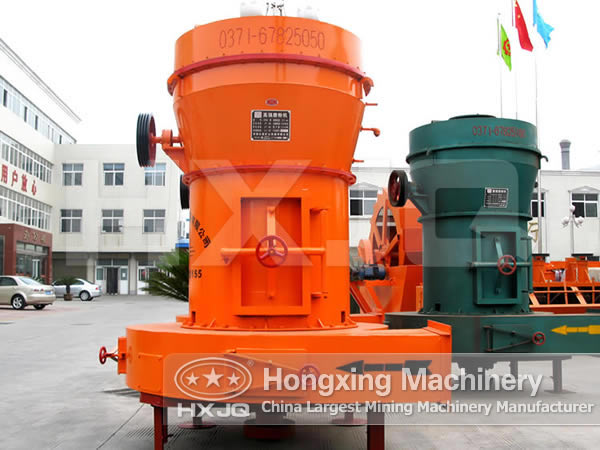

Compared with steel mill, roll mill is integrated with medium crushing, powder grinding, conveying, powder separation and drying of materials, so that it has even wider application. With the increasing advancement of wear-resisting materials and hydraulic technology, roll mill is constantly improved and developing towards large size and the cement industry is more and more using roll mill to dry and grind the raw materials.

The reason why roll mill has wide application in cement industry stems from its unique performance advantages:
Roll mill adopts material bed grinding principle to grind the materials, and the powder grinding method is reasonable, and the air flow inside the mill can timely take away with it the grinded materials, thus avoiding the over-grinding phenomenon and improving the powder grinding efficiency.
The hot air goes into the mill from the circumferential weld, so that the delivery volume inside the mill is high, so is the drying efficiency.
The feeding granularity can reach 5% of the diameter of the grinding roll and the feeding granularity can reach 100-150 mm for large-sized mill, for this reason, second crushing is not necessary.
It is easy and fast to adjust the production and control the composition of the raw materials and the fineness adjustment, so that the fluctuation of the chemical component of the product is small and it is easy to realize automatic operation.
When grinding cement raw material, the consumption of the wear-out parts of roll mill is 5-10g/t, and the service life of the grinding shell and the lining board of the millstone can reach over 8000 hours, and the equipment operation rate can reach over 90%.
The coverage size of roll mill is about 50-70% of the ball mill system, and it can be installed in the open air, so the investment is small.
The operation environment is clean, which is conducive to environment production.
